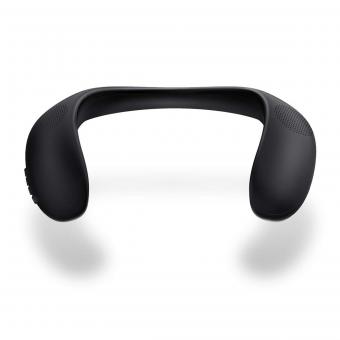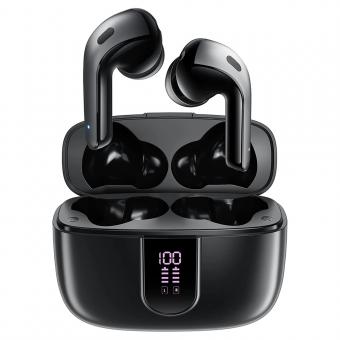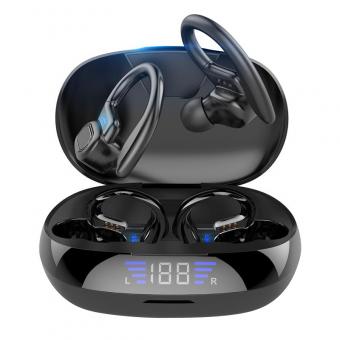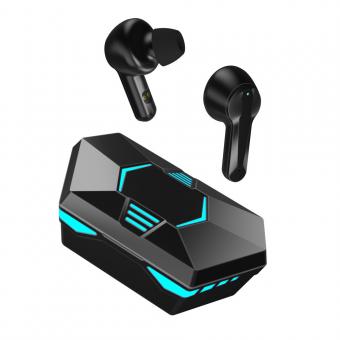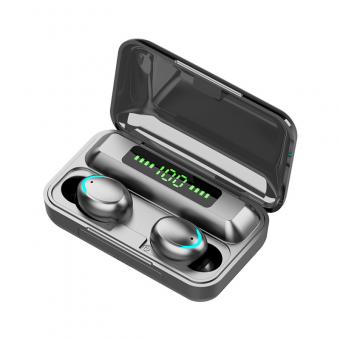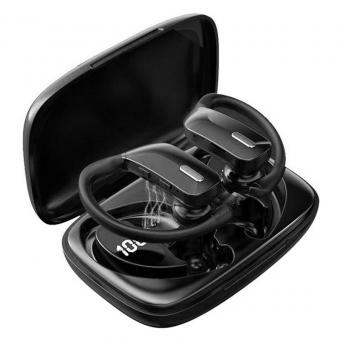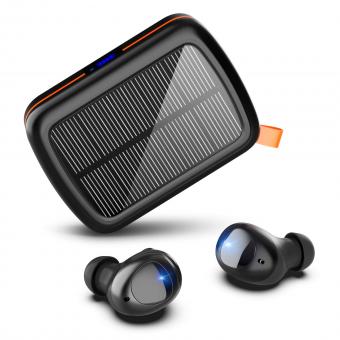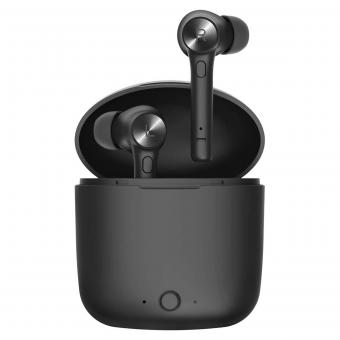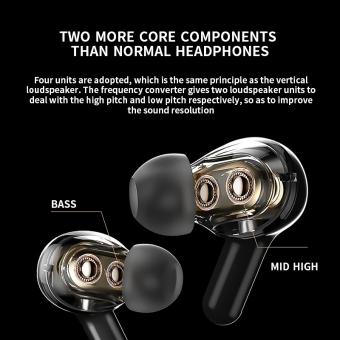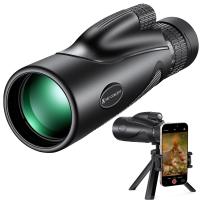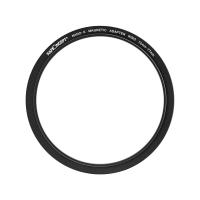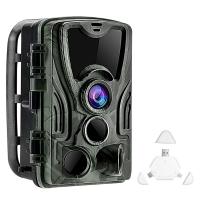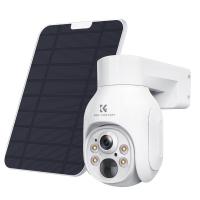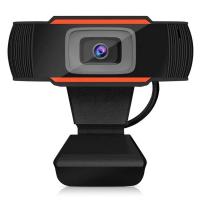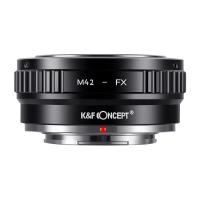What Does Earphones Do To Your Ears?
Earphones have become an integral part of modern life, whether we're commuting, exercising, or simply relaxing at home. However, their impact on our ears is a topic of concern and debate among audiologists, healthcare professionals, and technology enthusiasts. This article delves into the multifaceted relationship between earphones and ear health, addressing common questions, misconceptions, and practical steps to ensure safe usage.
Understanding Earphones and How They Work

Earphones, also known as earbuds or in-ear monitors, are small devices worn directly in the outer ear canal to deliver sound. They are designed to provide a convenient and intimate listening experience, offering a portable solution for music lovers and those requiring hands-free communication. The proximity of the sound source to the eardrum is a defining characteristic of earphones, distinguishing them from over-ear headphones that rest around the outer ear.
Potential Risks and Health Concerns

1. Hearing Loss
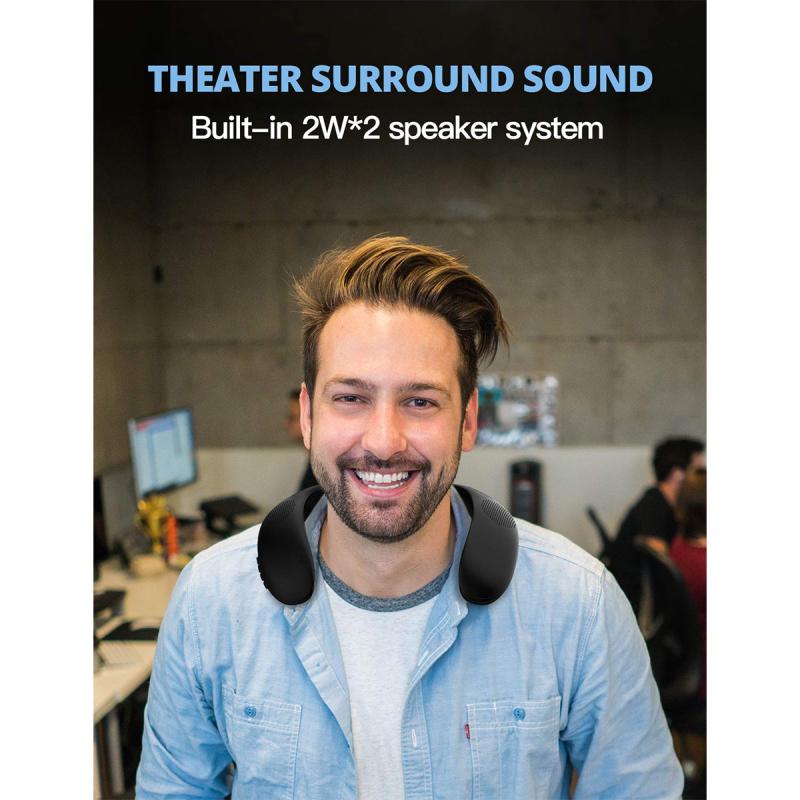
One of the primary concerns associated with earphone use is the risk of noise-induced hearing loss (NIHL), which can result from prolonged exposure to loud sounds. Earphones can produce high decibel levels, and when used at volumes above 85 decibels (dB), they can lead to permanent damage to the hair cells in the cochlea. These cells do not regenerate, meaning any damage caused is irreversible.
2. Ear Infections
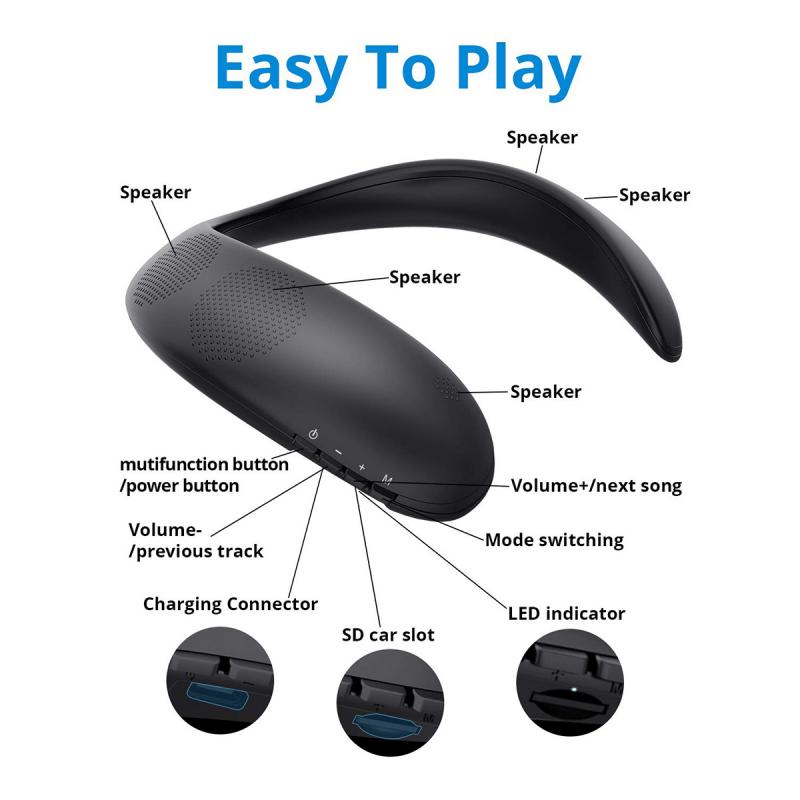
The use of earphones can also increase the likelihood of ear infections. Earphones create a warm, moist environment within the ear canal, which can be a breeding ground for bacteria and fungi. Sharing earphones with others can further exacerbate this issue by transferring pathogens from one individual to another.
3. Tinnitus
Tinnitus, characterized by a ringing, buzzing, or hissing sound in the ears, can also be aggravated by prolonged or excessive earphone use. Tinnitus may result from auditory damage or stress caused by overexposure to loud sounds, and it can be a persistent and distressing condition requiring professional intervention.
Best Practices for Safe Earphone Use
1. Volume Control
To mitigate the risk of hearing loss, it is crucial to monitor and control the volume of your earphones. Experts recommend following the 60/60 rule: listening at no more than 60% of the maximum volume for no more than 60 minutes at a time. This helps ensure that the sound levels are safe and reduces the risk of NIHL.
2. Regular Breaks
Taking regular breaks from earphone use can prevent auditory fatigue and give your ears time to recover. Aim for short listening sessions interspersed with periods of silence or low ambient sound to reduce the strain on your auditory system.
3. Hygiene Practices
Maintaining good hygiene can prevent ear infections associated with earphone use. Clean earphones regularly with alcohol wipes or a similar disinfectant to remove any buildup of bacteria or earwax. Avoid sharing earphones with others to minimize the risk of cross-contamination.
4. Noise-Cancelling Features
Investing in earphones with noise-cancelling technology can be beneficial. These devices minimize the need to increase volume in noisy environments by reducing background noise, allowing for safer and more comfortable listening levels.
Choosing the Right Earphones
1. Fit and Comfort
Selecting earphones that fit well and are comfortable to wear is essential. Poorly fitting earphones can cause discomfort and may require higher volume levels to achieve satisfactory sound quality. Look for options with adjustable tips or custom molds to ensure a proper fit.
2. Sound Quality
Good sound quality at lower volumes can enhance your listening experience while protecting your ears. Earphones with balanced sound profiles, clarity, and good bass response can provide an enjoyable experience without necessitating high volume levels.
3. Wireless vs. Wired
The choice between wireless and wired earphones is largely a matter of personal preference, but it can have implications for ear health. Wireless earphones eliminate the need for cumbersome cables, offering more freedom of movement. However, it’s essential to choose reputable brands to avoid exposure to low-quality audio that might require higher volumes to compensate.
Recognizing the Symptoms of Ear Damage
It is important to recognize early symptoms of ear damage to take prompt action and prevent further deterioration. Symptoms may include:
- Muffled Hearing: A persistent sensation that sounds are less clear or muted.
- Ear Pain: Discomfort or pain within the ear canal or surrounding areas.
- Tinnitus: Ringing, buzzing, or hissing sounds in the absence of external noise.
- Vertigo: A sense of dizziness or imbalance, which can be associated with inner ear damage.
If you experience any of these symptoms, it is advisable to consult an audiologist or healthcare professional for a thorough examination and appropriate guidance.
The Future of Earphone Technology
Advancements in audio technology continue to address some of the health concerns associated with earphone use. Emerging features include:
- Safe Volume Controls: Automatic volume limiting features that prevent the device from exceeding safe listening levels.
- Enhanced Sound Isolation: Improved designs that block external noise more effectively, reducing the need for high volume levels.
- Health Monitoring: Integration of sensors to monitor ear health parameters, providing real-time feedback and alerts to users.
Earphones are a valuable tool for modern living, offering unparalleled convenience and portability. However, it is essential to use them responsibly to avoid adverse effects on ear health. By adhering to best practices such as monitoring volume, taking regular breaks, maintaining hygiene, and choosing the right earphones, users can enjoy an optimal listening experience without compromising their auditory well-being. The future of earphone technology holds promise for even safer and more tailored audio experiences, ensuring that our ears are better protected as we continue to integrate these devices into our daily lives.

